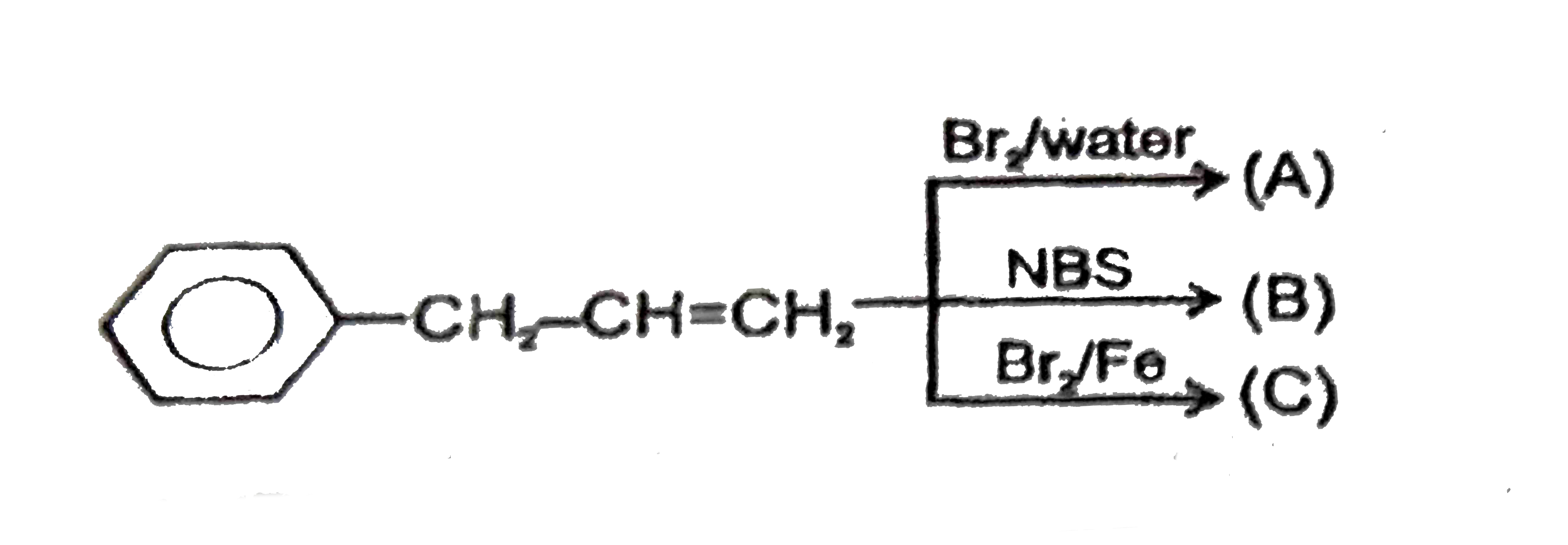Enzymes are physically A chemically B and functionally C. A , B , C respectively are
Colloids , proteins , nucleic acids
Nucleic acids , proteins , Colloids
Colloids , proteins , catalysts
Colloids , nucleic acids Catalysts
The correct Answer is:C
To answer the question "Enzymes are physically A, chemically B, and functionally C. A, B, C respectively are," we can break it down into three parts: physical properties, chemical composition, and functional role.
1. Identify the Physical Nature of Enzymes (A):
- Enzymes are known to be colloidal in nature. This is because they have a high molecular weight and exhibit properties typical of colloids, such as being able to remain suspended in a solution without settling.
- A = Colloidal
2. Identify the Chemical Composition of Enzymes (B):
- Enzymes are primarily composed of proteins, which are made up of amino acids. This is a fundamental characteristic of enzymes, as they are biological catalysts.
- B = Protein
3. Identify the Functional Role of Enzymes (C):
- The primary function of enzymes is to act as catalysts in biochemical reactions. They speed up reactions without being consumed in the process, which is essential for various metabolic processes in living organisms.
- C = Catalyst
Final Answer:
Thus, A, B, C respectively are:
- A = Colloidal
- B = Protein
- C = Catalyst
- Enzymes are known to be colloidal in nature. This is because they have a high molecular weight and exhibit properties typical of colloids, such as being able to remain suspended in a solution without settling.
- A = Colloidal
- Enzymes are primarily composed of proteins, which are made up of amino acids. This is a fundamental characteristic of enzymes, as they are biological catalysts.
- B = Protein
- The primary function of enzymes is to act as catalysts in biochemical reactions. They speed up reactions without being consumed in the process, which is essential for various metabolic processes in living organisms.
- C = Catalyst
Thus, A, B, C respectively are:
- A = Colloidal
- B = Protein
- C = Catalyst
Topper's Solved these Questions
- BIOMOLECULESBOOK - AAKASH SERIESCHAPTER - BIOMOLECULESEXERCISE - EXERCISE - I (Chemical reactions)
4 Videos
- BIOMOLECULESBOOK - AAKASH SERIESCHAPTER - BIOMOLECULESEXERCISE - EXERCISE - I (Properties & Nature of enzyme Action)
11 Videos
- BIOMOLECULESBOOK - AAKASH SERIESCHAPTER - BIOMOLECULESEXERCISE - EXERCISE - III (Previous AIPMT/NEET Questions) (Enzymes)
11 Videos
- BIOLOGICAL CLASSIFICATIONBOOK - AAKASH SERIESCHAPTER - BIOLOGICAL CLASSIFICATIONEXERCISE - EXERCISE-III (Previous AIPMT/NEET Question)
37 Videos
- CELL CYCLE AND CELL DIVISIONBOOK - AAKASH SERIESCHAPTER - CELL CYCLE AND CELL DIVISIONEXERCISE - Exercise-III
18 Videos
Similar Questions
Knowledge Check

B and C are respectively:APh−CH2−OHBPh−O∣∣C−O−PhCPh - OHDPh−O∣∣C−CH2−Ph
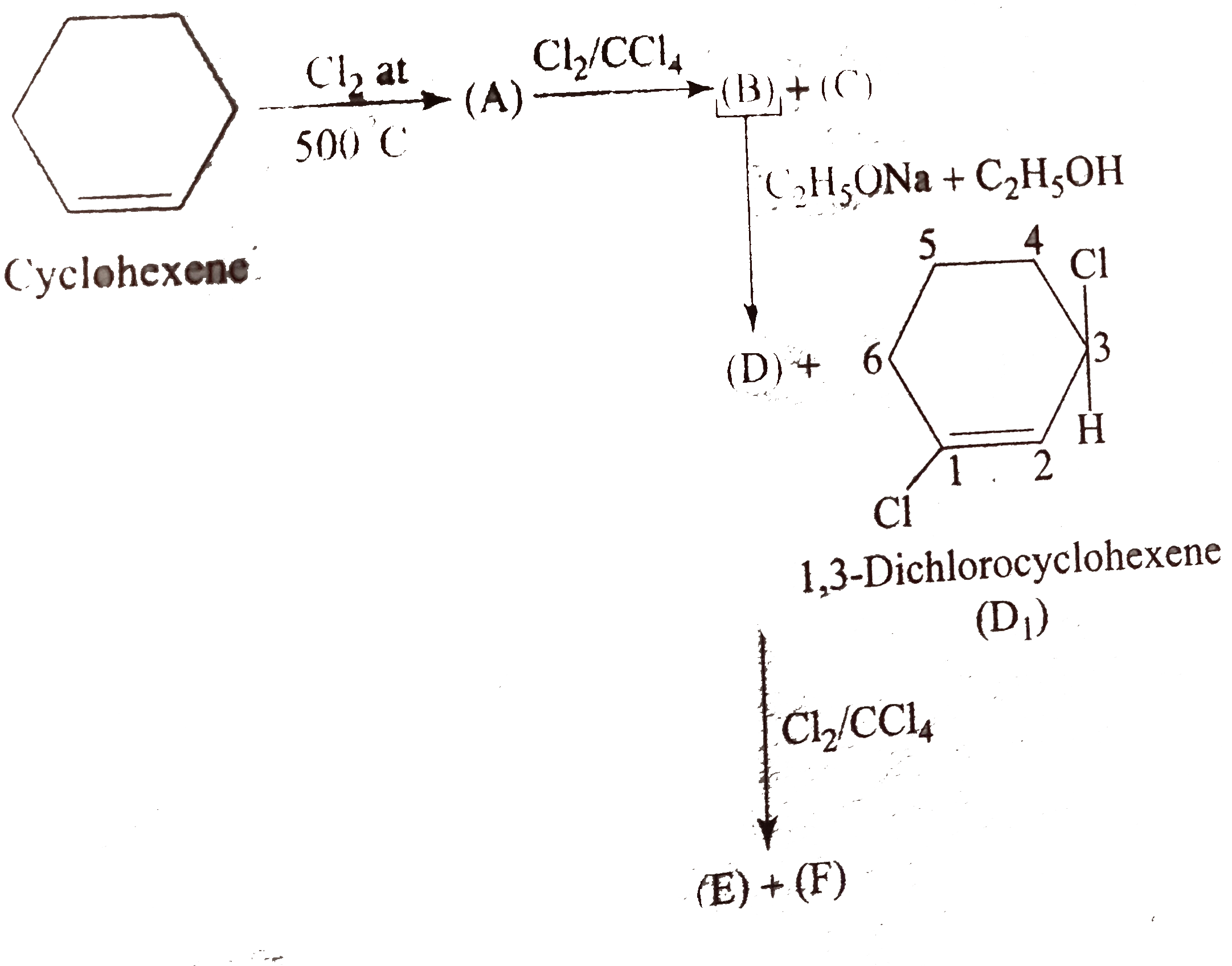
(B) and (C) , respectively, are :
View SolutionA,B, and C are respectively :-
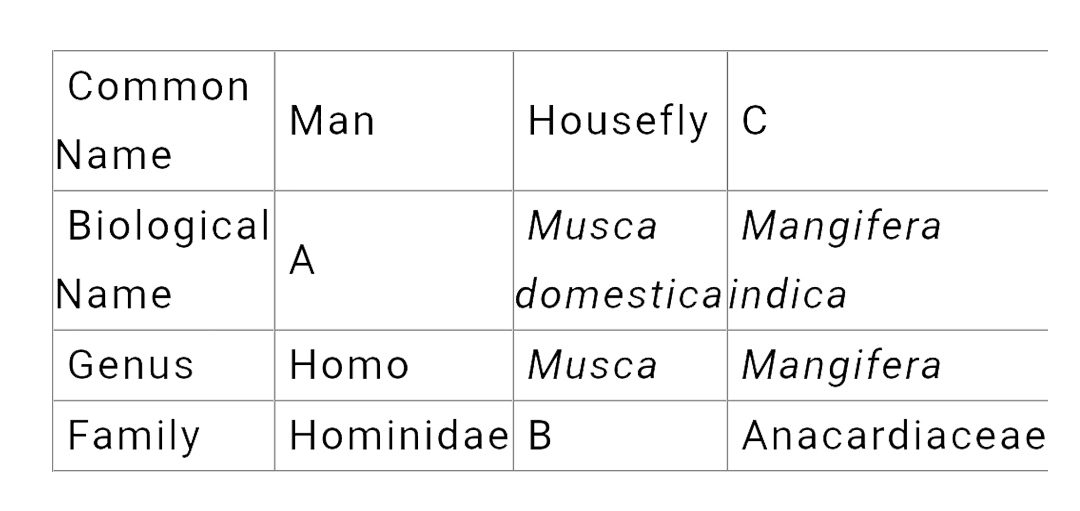
View SolutionIn the chemical reactions,
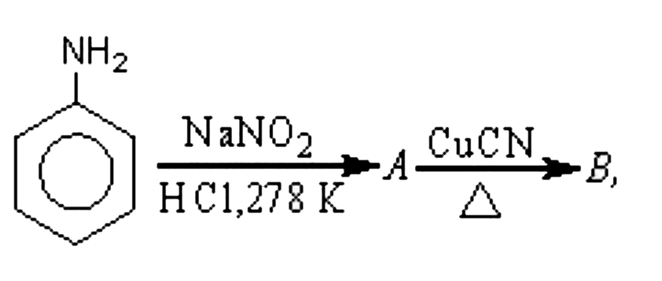
Compounds A and B respectively are
View Solution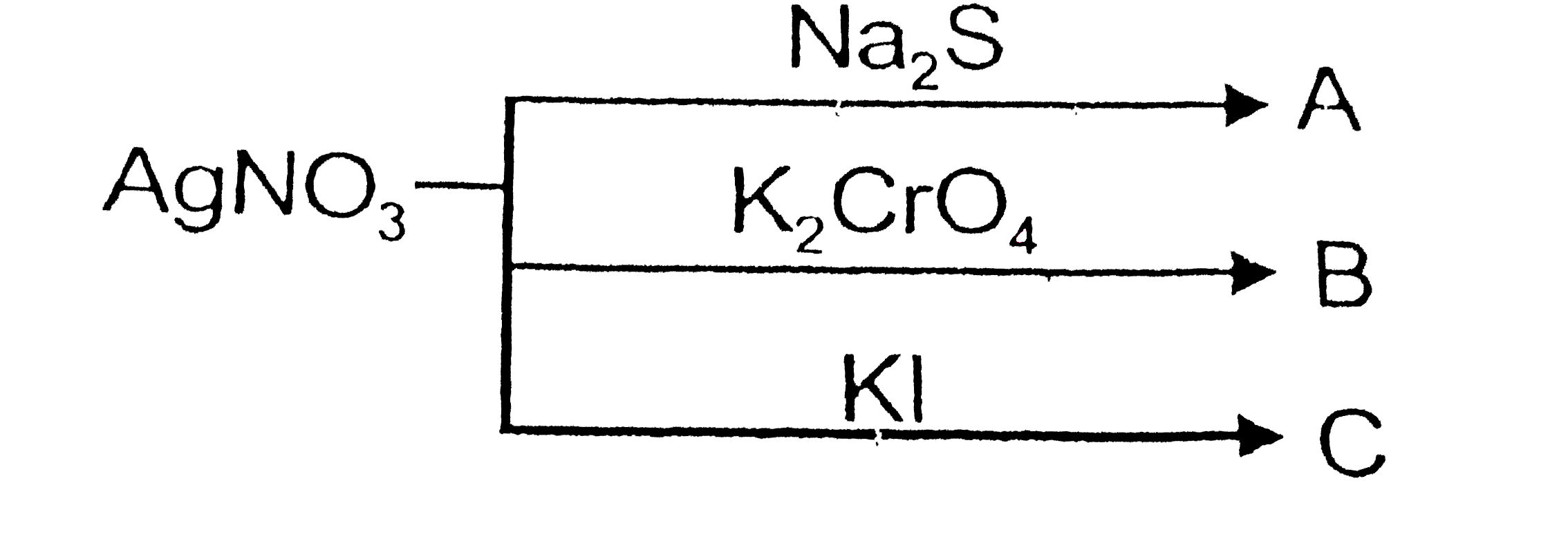
The colours of ppt. A,B and C respectively are
View Solution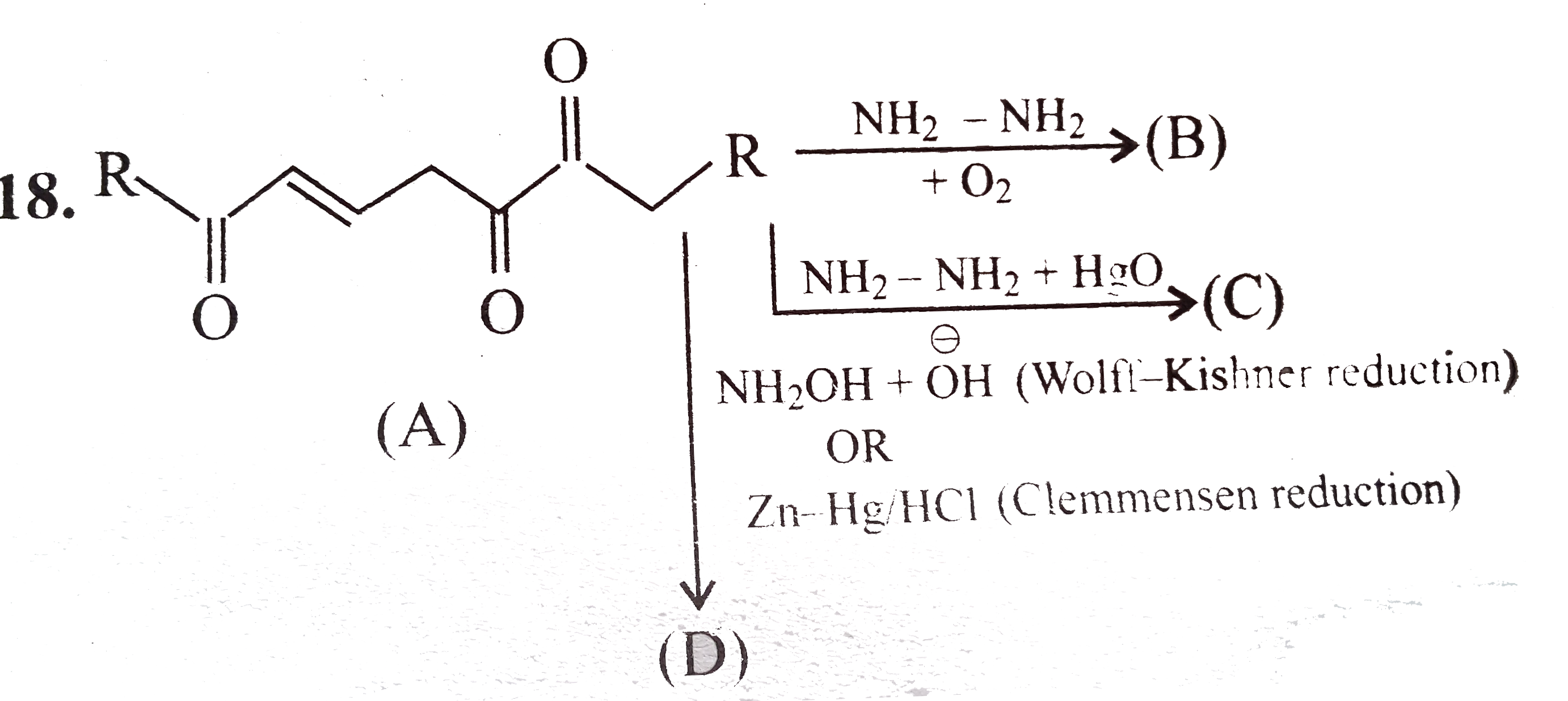
(B), (C), and (D), respectively, are
View SolutionIdentify the pairs A, B and C respectively
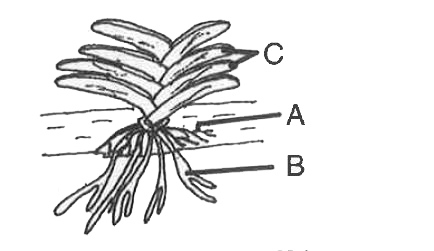
View Solution
Compounds (B) and (C) respectively are:
View Solution


